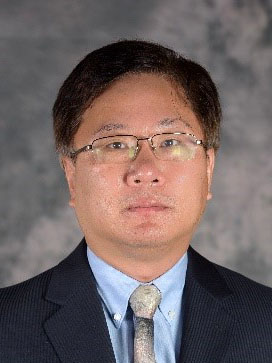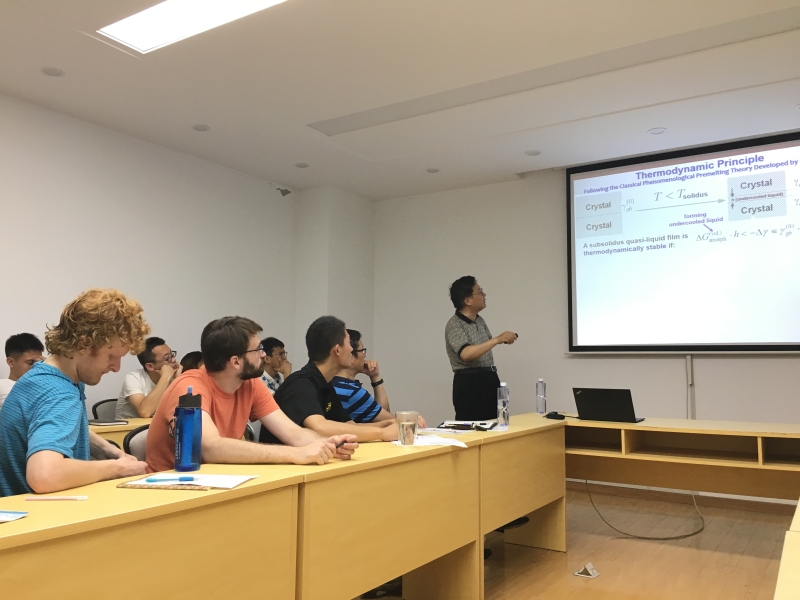Abstract:A piece of ice melts at 0 °C, but a nanometer-thick surface layer of the ice can melt at tens of degrees below zero. This phenomenon, known as “premelting,” was first recognized by the physicist Michael Faraday. Materials scientists have discovered that the surfaces and interfaces in engineered materials can exhibit more complex phase-like behaviors at high temperatures, which can affect the fabrication and properties of a broad range of metallic alloys and ceramic materials. Specifically, recent studies of 2-D grain-boundary (GB) phases (also called “complexions”) shed light on several long-standing mysteries in materials science, including the origins and atomic-level mechanisms of activated sintering and liquid metal embrittlement. Analogous 2-D surface phases have also been studied and utilized to improve the performance of various functional materials for energy-related applications, including batteries, supercapacitors, photocatalysts, and oxygen-ion conductors. Since bulk phase diagrams are one of the most useful tools for materials design, it is conceived that interfacial “phase” diagrams can be developed as a useful materials science tool, in support of the Materials Genome Initiative.
If time permits, I will also briefly discuss our other on-going studies on (1) understanding the mechanisms of flash sintering, where we have developed a model to predict the onset flash temperature with a precision of £±6 °C and achieved, e.g., the sintering of ZnO (Tm» 1975 °C) to >97% density at an extremely low furnace temperature of < 120 °C (or even in a room-temperature environment without any external heating in a most recent unpublished work) in 30 seconds, (2) fabricating an new class of high-entropy, ultra-high-temperature ceramics, e.g., (Hf0.2Zr0.2Ta0.2Nb0.2Ti0.2)B2 and five other metal diborides with a unique layered (quasi-2D), high-entropy, crystal structure, as well as two new groups of fluorite and perovskite high-entropy oxides, and (3) stabilizing nanocrystalline alloys at high temperatures using high-entropy GBs (e.g., we have recently demonstrated the feasibility of fabricating nearly-fully-dense bulk nanocrystalline alloys with grain sizes < ~100 nm that are stable at >1000°C).
Bio: Jian Luo graduated from Tsinghua University with dual Bachelor's degrees.After receiving his Ph.D. degree from M.I.T. in 2001, Luo worked in the industry for more than two years with Lucent Technologies Bell Laboratories and OFS/Fitel. In 2003, he joined the Clemson faculty, where he served as an Assistant/Associate/Full Professor of Materials Science and Engineering. In 2013, he moved to UCSD as a Professor of NanoEngineering and Professor of Materials Science and Engineering. He received a National Science Foundation CAREER award in 2005 (from the Ceramics program) and an Air Force Office of Scientific Research Young Investigator award in 2007 (from the Metallic Materials program). Luo was named as a Vannevar Bush (National Security Science and Engineering) Faculty Fellow in 2014 and elected as a Fellow of the American Ceramic Society in 2016.
间:7月5日(周三)9:30-11:00
地点:材料学院A楼301会议室

